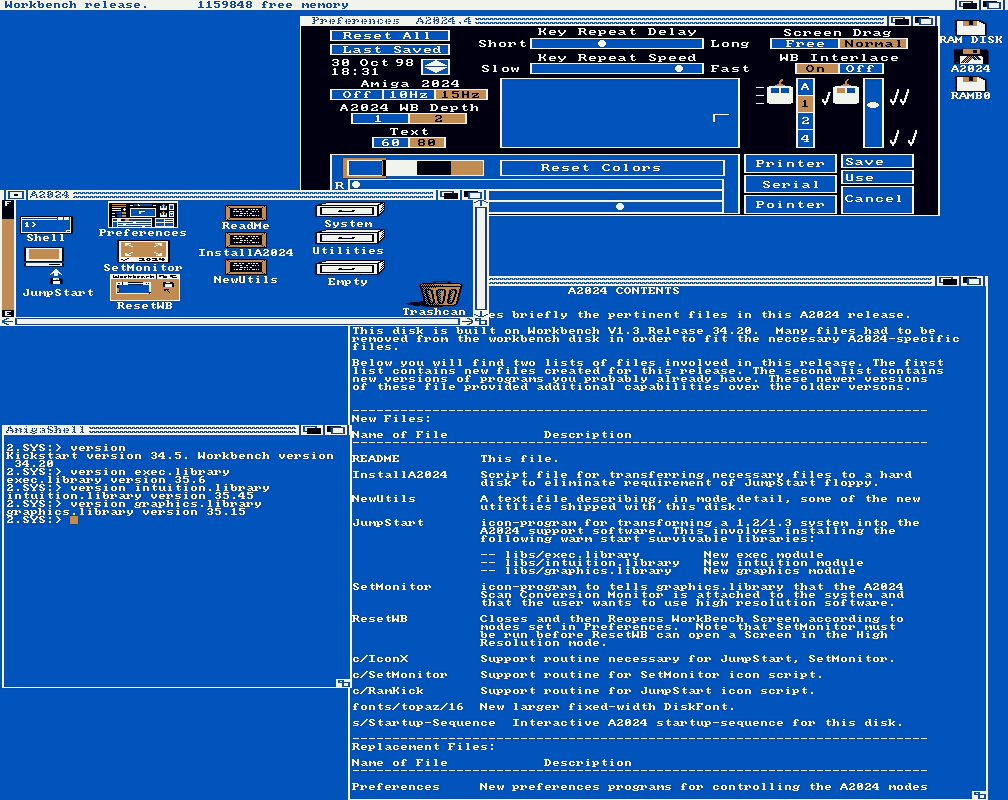Amiga Kickstart Roms

La Chevaliere Seth Gueko Games on this page. Amiga Kickstart ROMs - History, Information and Downloads History of the Amiga 'Kickstart' ROM The computer, released by in 1985, required a bootable floppy disk named 'Kickstart', which was used to load basic operating system functionality before continuing the boot process from additional disks. This initial boot code would normally have been stored on a ROM chip, allowing for a simpler user experience and less expensive components, but the development team needed more time to finish the software while the hardware had already gone into production. After the Amiga 1000 (A1000), e.g. Runequest Third Edition Pdf on this page. On models such as the Amiga 500 (A500) and Amiga 2000 (A2000), this functionality was indeed moved to ROM. Even as new ROM versions were released (from v. 3.x), the 'Kickstart' name remained popular to refer to what would be more accurately referred to as the 'Amiga ROM', or the ROM-resident part of the operating system.

How can the answer be improved? Amiga Kickstart ROM Files and Amiga Emulators. On many emulation systems, 'ROM' is the word used to refer to games. Castle Crashers Full Game Xbox 360. Not so on the Amiga, where a 'ROM' is the.
As PCs became more popular, the name 'Amiga BIOS' could also be found, although the name 'BIOS' was never used by Commodore/Amiga systems. Amiga Kickstart ROM Files and Amiga Emulators On many emulation systems, 'ROM' is the word used to refer to games.
Kickstart 3.1 was was a minor update from 3.0 and mainly included bug fixes. Looking for Amiga Kickstart ROM files? Find out where to Download the ROMs for Amiga 500, 1200, CD32 and all other Amiga models.
Not so on the Amiga, where a 'ROM' is the original 'Kickstart' operating system code as released by Commodore-Amiga in the 1980s and early 1990s. Amiga games are commonly referred to as or (if you are looking for a specific Amiga game, try and for the game title followed by ' or 'ADF'). Broadly speaking, there are two categories of: those that aim to emulate the Amiga API (operating system functions), such as the project, and those that aim to emulate the hardware at the lowest possible level, such as the and projects. Both approaches have advantages and disadvantages: AROS aimed to be legally unencumbered from the beginning, but never tried to be compatible at the hardware level, while UAE and Fellow are more compatible with the original hardware, but they depend on the original Kickstart ROMs, which are not freely distributable.